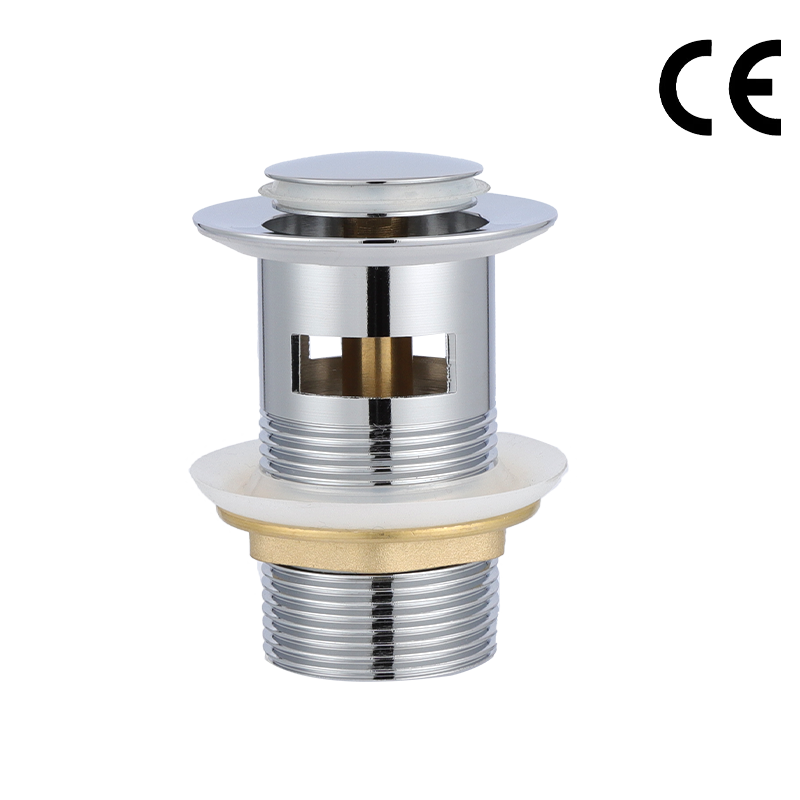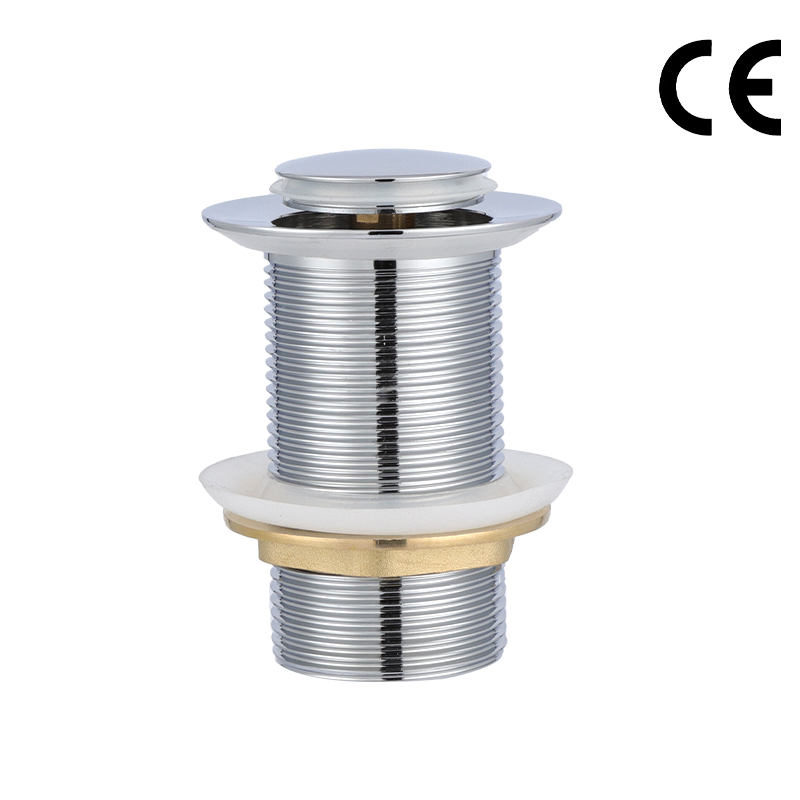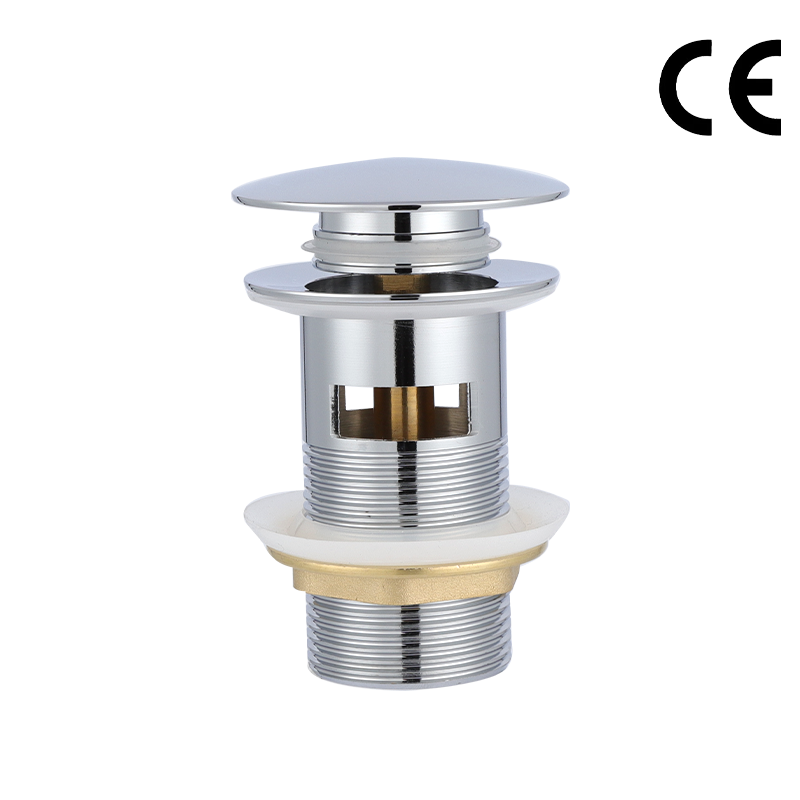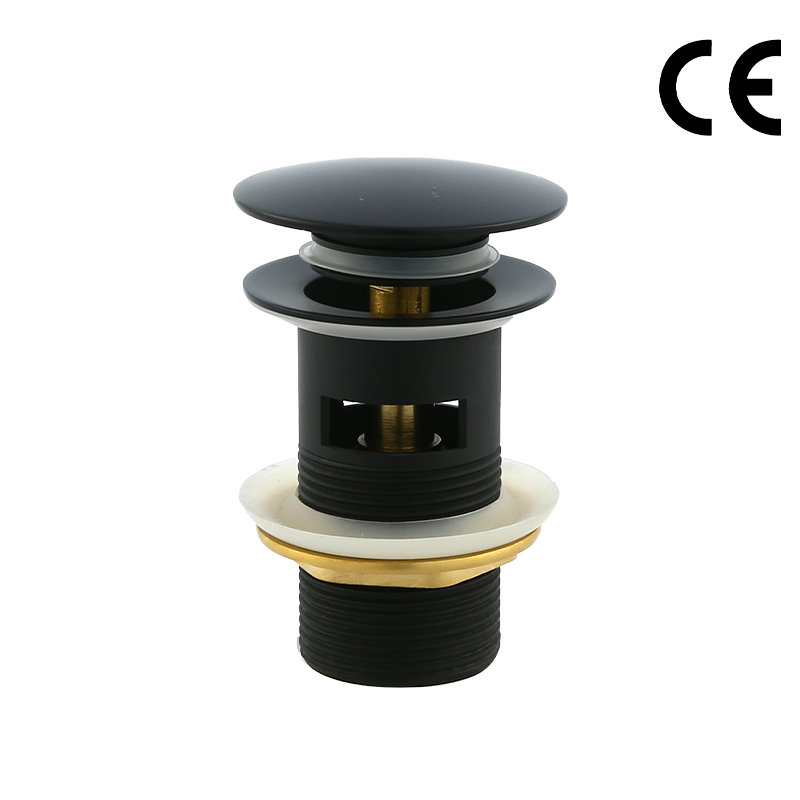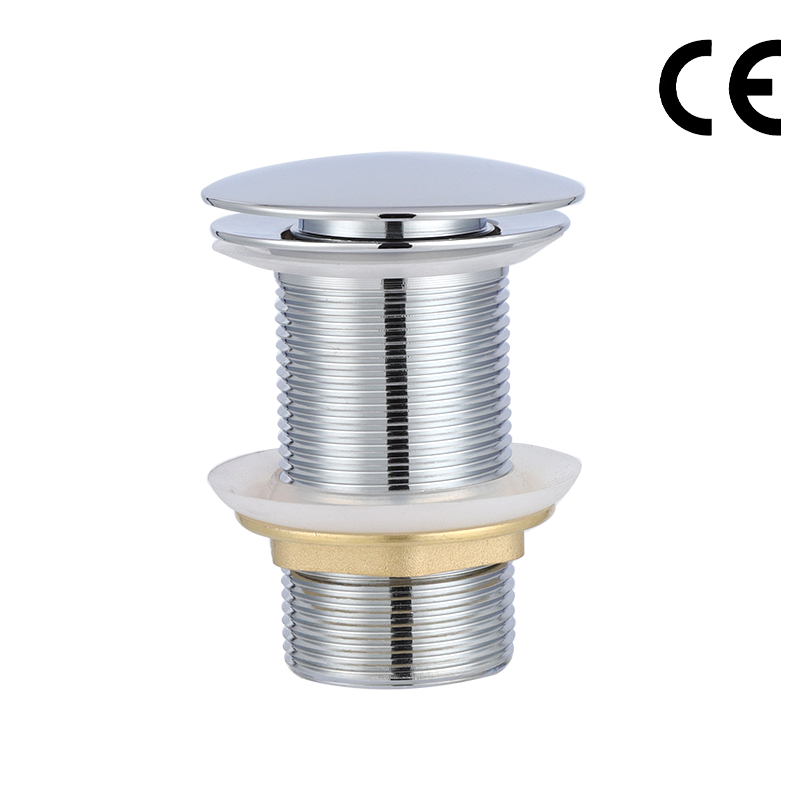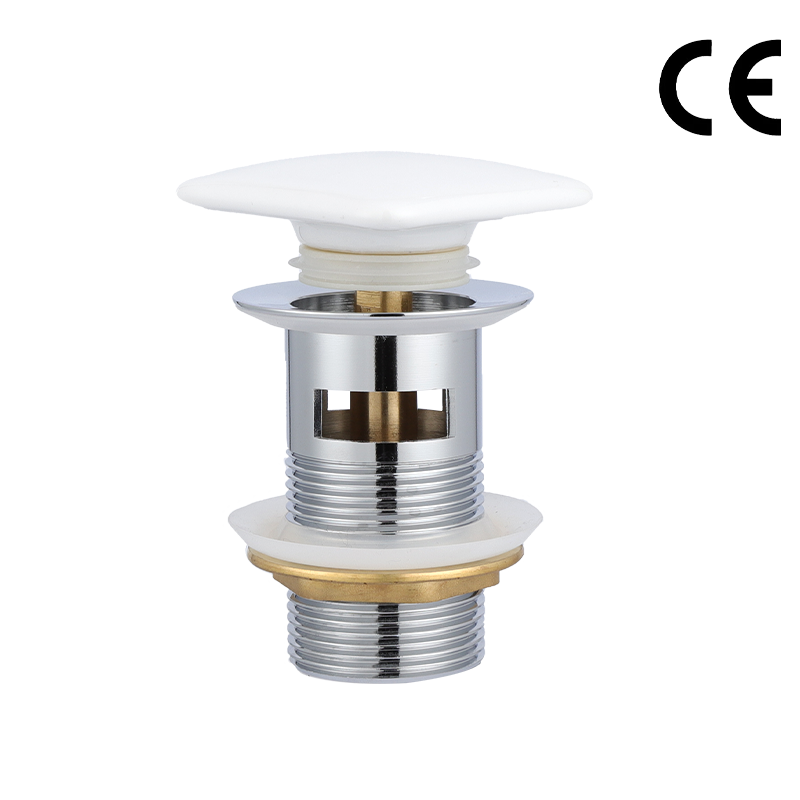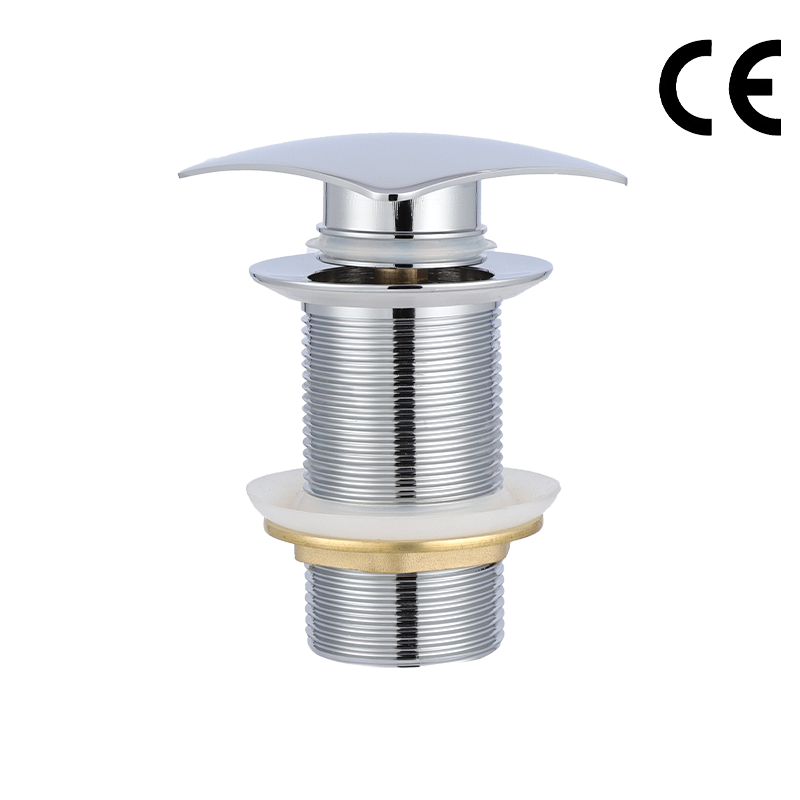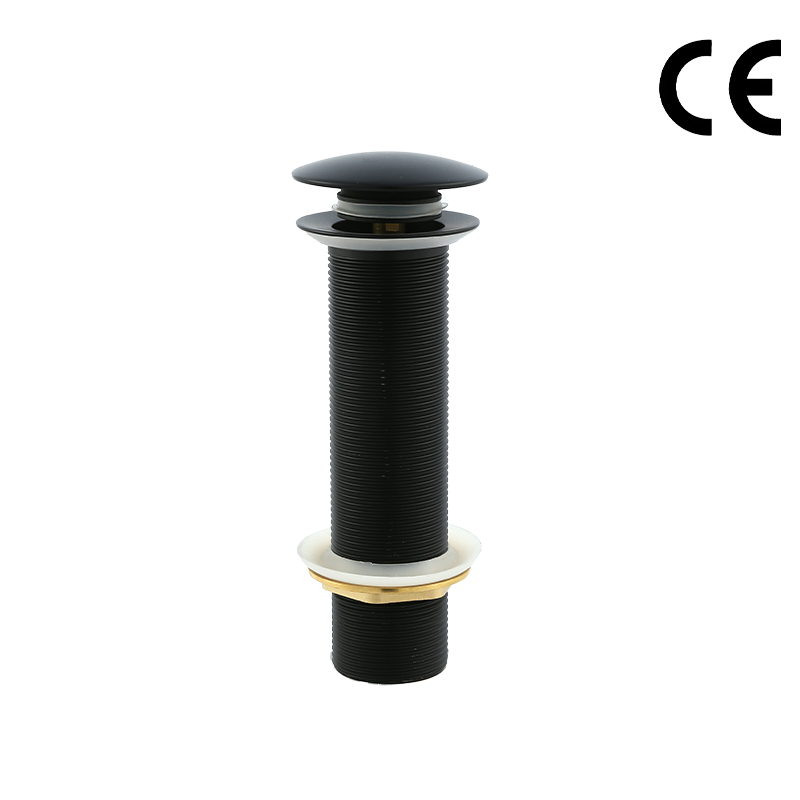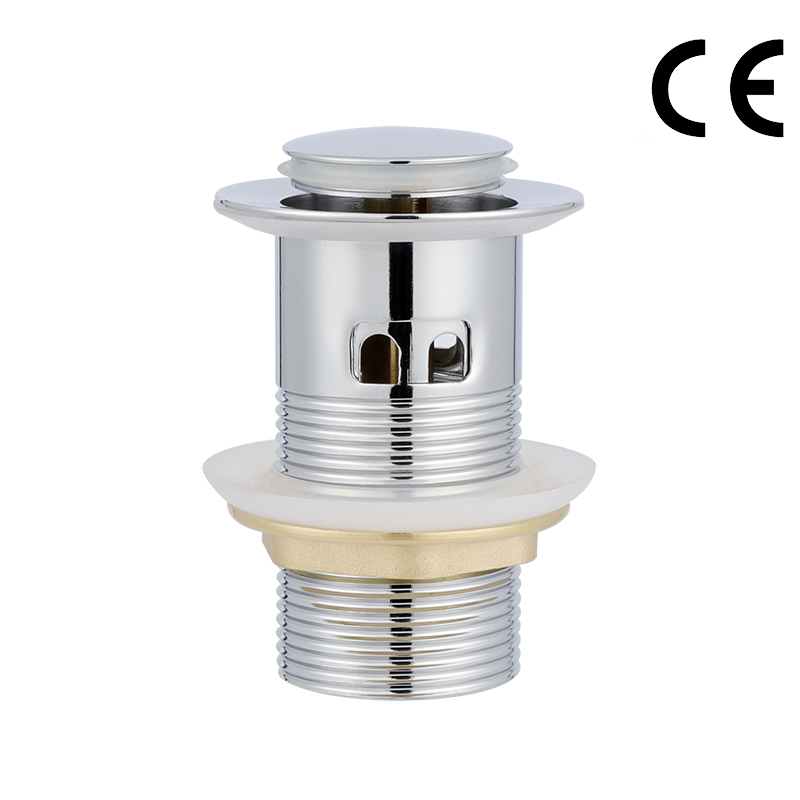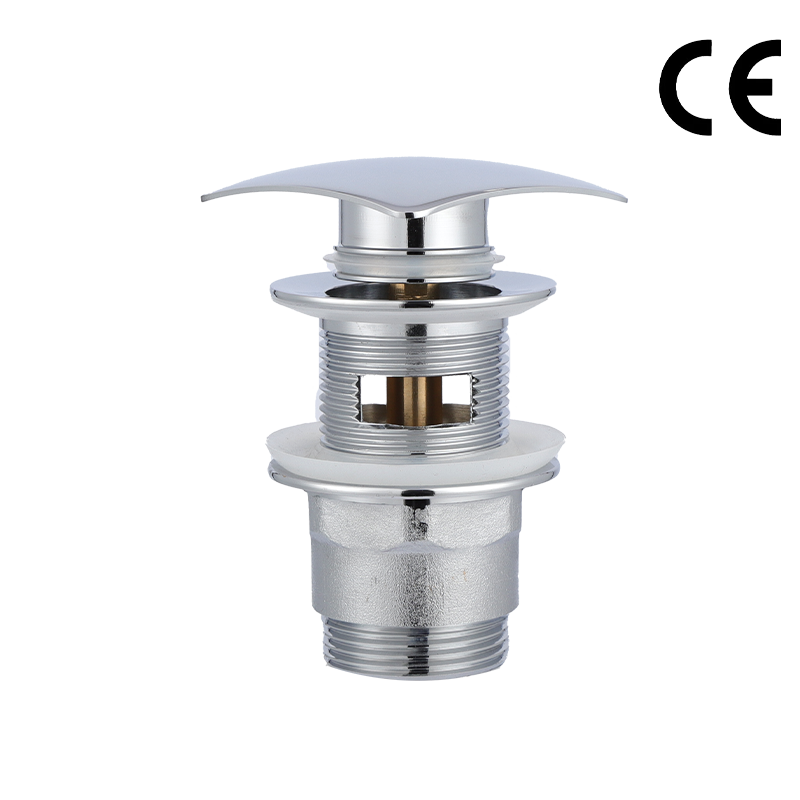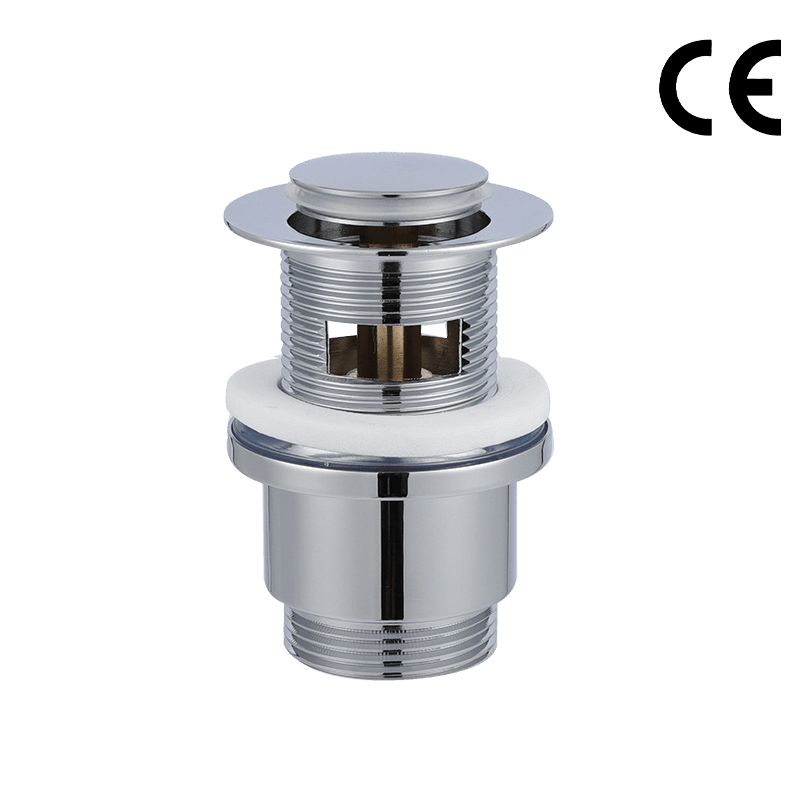Unveiling the Role of Basin Drain Waste in Plumbing Efficiency
Date:2023-12-09
China Basin Drain Waste, High Quality Basin Drain Waste, Basin Drain Waste Supplier
In the realm of household utilities, the Basin Drain Waste often remains an unsung hero, quietly contributing to the efficiency of our plumbing systems. As customers, we may not always give it the attention it deserves, yet it plays a crucial role in maintaining the hygiene and functionality of our basins. In this article, we will explore the significance of Basin Drain Waste from a customer's perspective, shedding light on its role, types, installation, maintenance, and the benefits it brings to our daily lives.
Understanding Basin Drain Waste
Basin Drain Waste, commonly referred to as a basin waste trap or drain waste, is an essential component of a plumbing system that ensures the proper disposal of wastewater from basins, sinks, and similar fixtures. It acts as a barrier, preventing unpleasant odors, debris, and gases from entering the living space. While it may seem like a simple device, its functionality is crucial to maintaining a clean and sanitary environment in our homes.
Types of Basin Drain Waste
There are various types of Basin Drain Waste, each designed to suit specific plumbing needs and fixture configurations. The two primary types include bottle traps and P-traps.
Bottle Trap: The bottle trap, as the name suggests, has a shape resembling a bottle. It is commonly used in situations where space is limited, such as under a basin or sink. The compact design allows for flexibility in installation, making it suitable for various plumbing setups.
P-Trap: The P-trap is named after its distinctive shape, resembling the letter "P." It is a U-shaped pipe that traps water, creating a barrier against sewer gases. P-traps are commonly used in more traditional plumbing configurations and are known for their effectiveness in preventing odors from entering living spaces.
Installation Considerations
Proper installation of the Basin Drain Waste is crucial for its optimal functionality. While the installation process may vary based on the type of trap and the specific plumbing setup, certain considerations apply universally.
Alignment: Ensuring proper alignment of the trap with the basin outlet and the waste pipe is essential. Misalignment can lead to leaks, unpleasant odors, and inefficient drainage.
Adequate Slope: The waste pipe should have a slight slope to facilitate the smooth flow of wastewater. This slope helps prevent stagnant water, reducing the likelihood of blockages and foul odors.
Secure Connections: Tight and secure connections between the trap, basin outlet, and waste pipe are paramount. Loose connections can lead to leaks and compromise the effectiveness of the trap.
Ventilation: Adequate ventilation is essential to prevent the buildup of sewer gases. Some traps come with built-in vents, while others may require additional ventilation through the plumbing system.
Maintenance Practices
To ensure the continued efficiency of the Basin Drain Waste, regular maintenance is essential. While these practices may vary depending on the specific type of trap and the frequency of use, the following general guidelines can help customers keep their drainage systems in optimal condition.
Periodic Cleaning: Regularly clean the trap to prevent the accumulation of debris and sediment. This is particularly important in households where hair, soap scum, and other particles may contribute to clogs over time.
Inspections: Periodically inspect the trap and surrounding plumbing for signs of leaks, corrosion, or damage. Addressing issues promptly can prevent more significant problems down the line.
Run Hot Water: Running hot water through the drain can help dissolve grease and soap residues, preventing the buildup of materials that could lead to blockages.
Avoid Chemical Drain Cleaners: While it may be tempting to use chemical drain cleaners for a quick fix, these products can be harsh on the plumbing system and the environment. Opt for alternative methods, such as using a plunger or a drain snake.
Benefits of Basin Drain Waste
Understanding the benefits of Basin Drain Waste is crucial for customers who may underestimate the impact of this seemingly modest component in their plumbing systems. Here are several key advantages:
Odor Prevention: The primary function of the Basin Drain Waste is to create a water seal that prevents sewer gases from entering the living space. This barrier effectively eliminates foul odors, contributing to a more pleasant and hygienic environment.
Hygiene Maintenance: By trapping debris and preventing it from entering the waste pipe, Basin Drain Waste helps maintain a hygienic environment. This is particularly important in areas where personal hygiene activities take place, such as bathrooms and kitchens.
Blockage Prevention: The design of the trap, whether bottle or P-trap, helps prevent the buildup of materials that could lead to blockages in the waste pipe. Regular cleaning and maintenance further contribute to efficient drainage.
Versatility: Basin Drain Waste comes in various types and sizes, making it a versatile solution that can be adapted to different plumbing configurations. This versatility ensures that customers can find a suitable trap for their specific needs.
Environmental Considerations: Opting for regular maintenance and avoiding harsh chemical drain cleaners contribute to environmentally friendly practices. By keeping the plumbing system in good condition, customers reduce the likelihood of leaks and the potential for environmental contamination.
Conclusion
In conclusion, the Basin Drain Waste, often overlooked in our daily lives, plays a vital role in maintaining the efficiency and hygiene of our plumbing systems. From preventing unpleasant odors to ensuring proper drainage and contributing to environmental considerations, the benefits of this humble component are manifold. As customers, recognizing the importance of Basin Drain Waste empowers us to make informed decisions about its installation, maintenance, and overall contribution to the functionality of our homes.


 English
English Español
Español